rakugo
Rakugo: Traditional Comedy From Japan!

Anna Ayvazyan
Posted on June 26, 2025
Share:

Looking for a unique way to experience Japanese culture? This verbal comedy show might be just what you need! Traditional storytelling has made people laugh and sometimes cry for centuries. Performed by a single person using only simple props, this performance style turns simple stories into vivid scenes full of life and humor. Today, we will introduce Rakugo, its history, why it remains popular, and where you can watch it.
What is rakugo?
Rakugo is a traditional form of Japanese storytelling that has existed for hundreds of years. But unlike other types of theatre, it’s performed by just one person sitting on a cushion, using only a fan and a small cloth as props. The rakugoka, or storyteller, plays multiple characters by changing their voice, facial expressions, and direction. It’s like watching an entire play performed by a single person!

The stories are often funny but can also be touching or teach a lesson. Many are based on everyday life or old folk tales. Part of the fun is how the storyteller brings these scenes to life with creativity and humor. Even if you don’t understand all the Japanese, the performance’s energy, rhythm, and expression make it enjoyable to watch. Some shows even offer English subtitles or explanations. Occasionally, there are all-English performances too!
It is all about creating a special connection between the performer and the audience through clever storytelling and imagination. The way the rakugoka paints vivid scenes with just words and gestures makes each performance feel personal and alive. For anyone interested in Japanese culture or curious about traditional arts, this performance style offers a fun and meaningful experience that’s both engaging and unforgettable.
History of Rakugo
Verbal comedy has a long and rich history that dates back to Japan’s 9th and 10th centuries. Initially, it was part of Buddhist sermons where monks used humorous stories to teach moral lessons. These stories were called setsuwa, and they laid the foundation for what would later become rakugo.
During the Edo period (1603–1868), it began to take on the form we recognize today. Storytelling became a style of entertainment for ordinary people in the cities. Performers, known as hanashika or rakugoka, would tell short, humorous tales. The ochi or punchline was the highlight of each story and was designed to make audiences laugh.
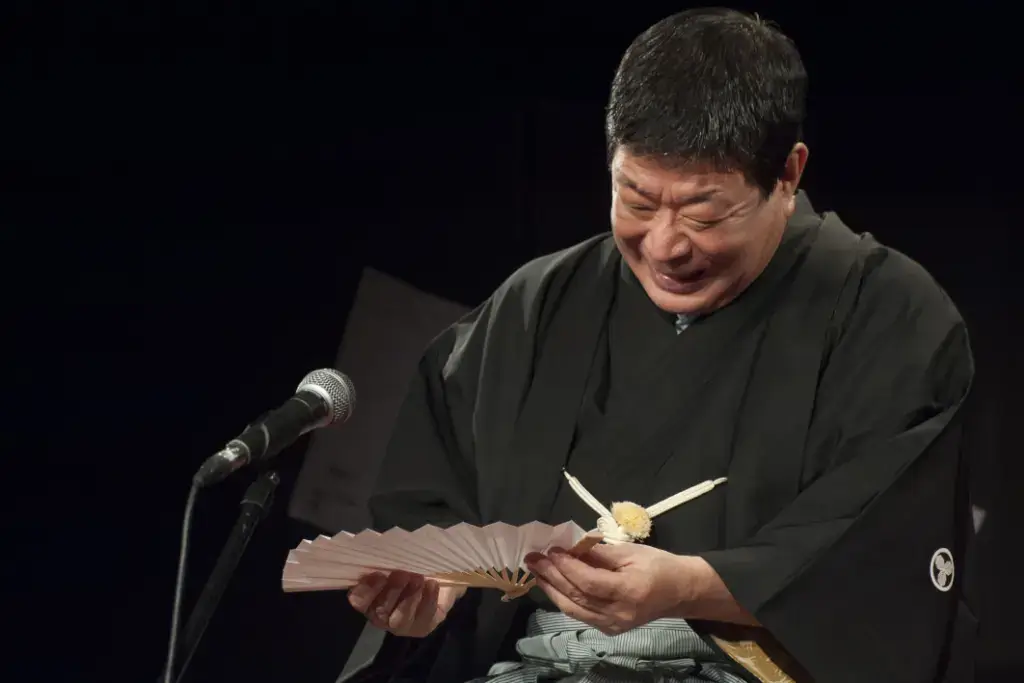
In the 18th century, dedicated theaters opened in major cities like Edo (now Tokyo), Osaka, and Kyoto. Each region developed its style. Edo style in Tokyo tends to be more refined and quick-paced, while Kamigata style from the Osaka/Kyoto area is more expressive and relaxed.
The performance continued to evolve through the Meiji (1868- 1912) and Taisho periods (1912- 1926), adapting to social changes and new forms of media like radio and television. While its popularity dipped at times, it never disappeared. Today, this verbal comedy performance remains a respected art form passed down through master-apprentice relationships.
Are you looking for great snacks while watching rakugo? Check out Sakuraco! Sakuraco delivers traditional Japanese snacks, teas, and sweets from local Japanese makers directly to your door so you can enjoy the latest treats directly from Japan!
Why is rakugo still popular to this day?
Despite being a traditional art form, it remains popular in modern Japan. One reason is that its themes, such as family, work, love, and everyday life, are still easy for people to relate to today. The stories may be old, but the emotions and situations often feel familiar, which helps audiences connect with them.
Another reason is the performers’ effort to keep the art fresh. While many rakugoka continue to tell classic stories, some create new ones about modern topics, like smartphones or online dating. This mix of tradition and modern life helps attract younger audiences and reaches more people through TV shows, radio, podcasts, and social media.
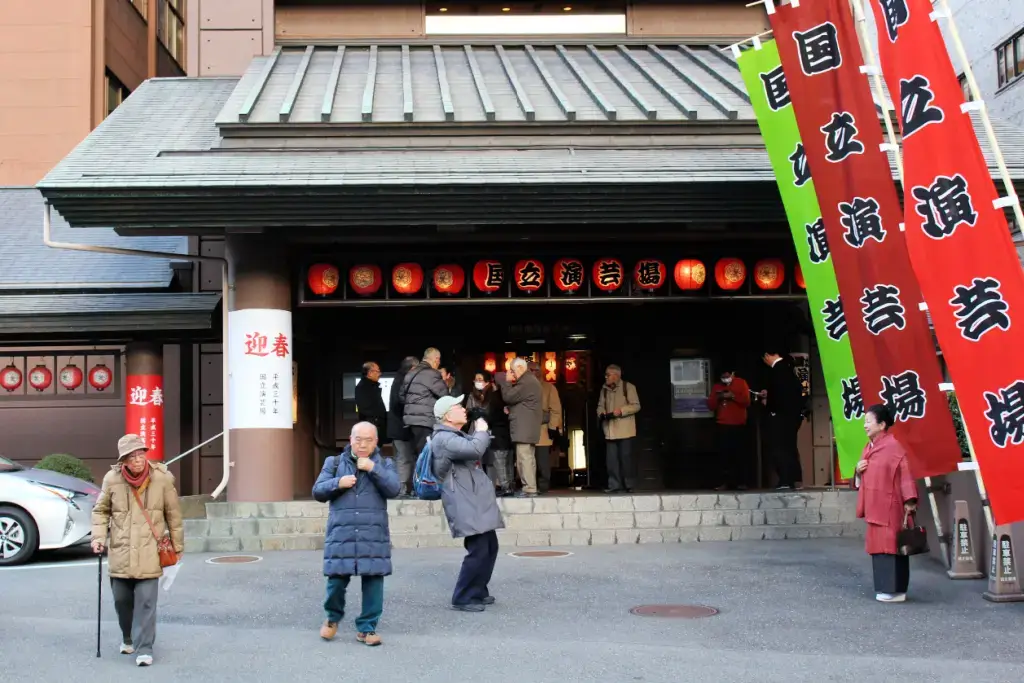
Some performers post clips online or offer live-streamed performances, making it easier for new fans to discover the art. In recent years, there has been a growing number of female rakugoka, adding new voices and perspectives to the scene. One noteworthy rakugoka is Ramune, who performs in three languages: Portuguese, English, and Japanese.
Schools and cultural programs often also introduce it to students and tourists. Some shows include English subtitles or explanations, helping international audiences enjoy the experience too. In Tokyo, there is also an English Rakugo Association that has regular shows in English. Thanks to these efforts, it thrives while staying true to its roots.
Where to watch Rakugo
Tokyo
There are a few performance halls and venues where you can watch rakugo in Tokyo. One popular place to experience it is at the Asakusa Engei Hall. Performances run from 11:30 am to 4:30 pm, and from 4:40 pm to 9:00 pm. General Admission is 2,800 yen (20 USD) for adults, 2,300 yen (16 USD) for students, and 1,500 yen (10 USD) for children.
Osaka
If you’re interested in Kamigata Rakugo, you can experience it at Tenma Tenjin Hansho-tei, located near Osaka Tenmangu Shrine. Performances are from 1:30 p.m. to 4:10 p.m., with doors opening at 1 p.m. General Admission is 2,800 yen (20 USD) for adults and 1,500 yen (10 USD) for students.
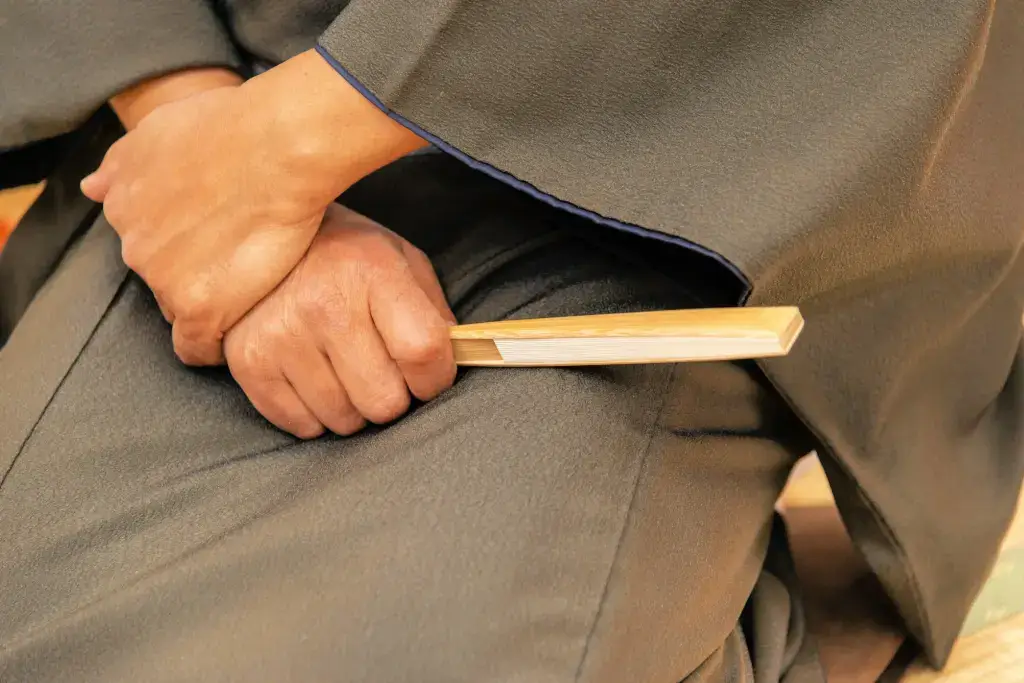
Why should I watch a rakugo performance?
Watching this unique performance style is a fun and meaningful way to experience Japanese culture. With just one performer, simple props, and great storytelling, Rakugo brings characters and scenes to life engagingly. Even if you don’t speak Japanese, many shows offer English support. Whether traditional or modern, it is easy to enjoy and gives you a unique look into Japan’s humor, history, and creativity. Does your country have a performance style similar to that of rakugo? Let us know in the comments below!
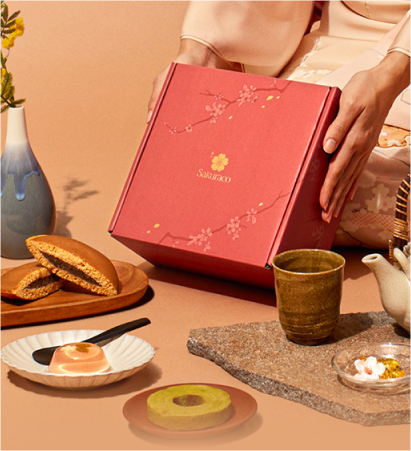
Discover authentic flavors with Sakuraco
Get Sakuraco 

Discover authentic flavors with Sakuraco
Get Sakuraco 
Related Articles
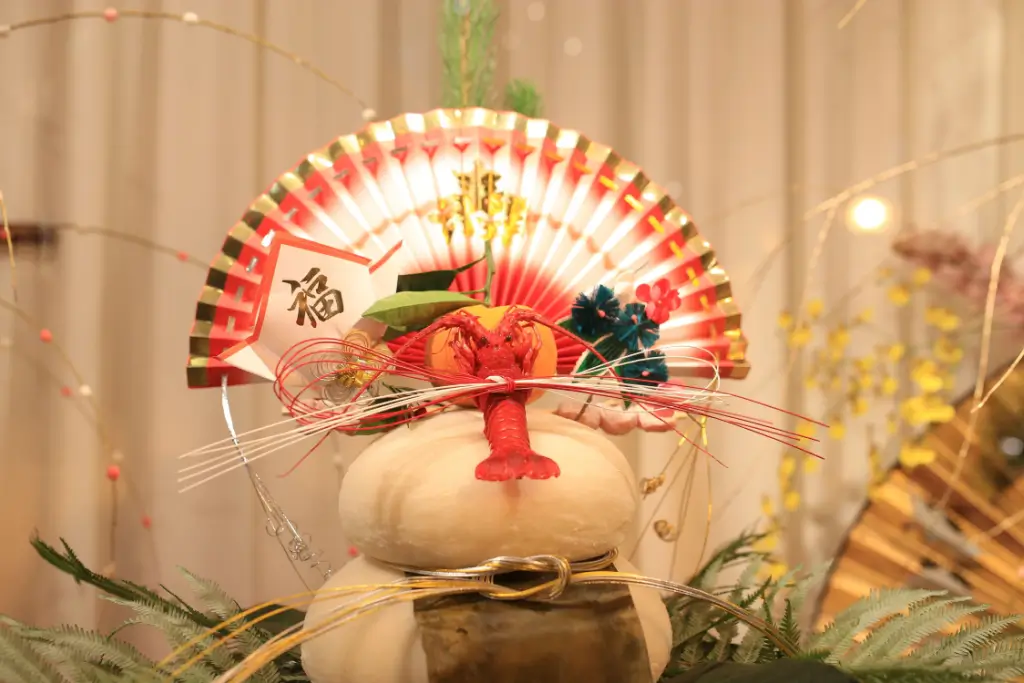
Toshigami and the New Year: How Shinto Welcomes a Sacred Visitor
In the Shinto tradition, Toshigami is the deity who arrives at the end of every year and remains through the New Year to bring blessings, a bountiful harvest, and good fortune. People in Japan honor Toshigami at the turn of the year with rituals, decorations, and special foods.
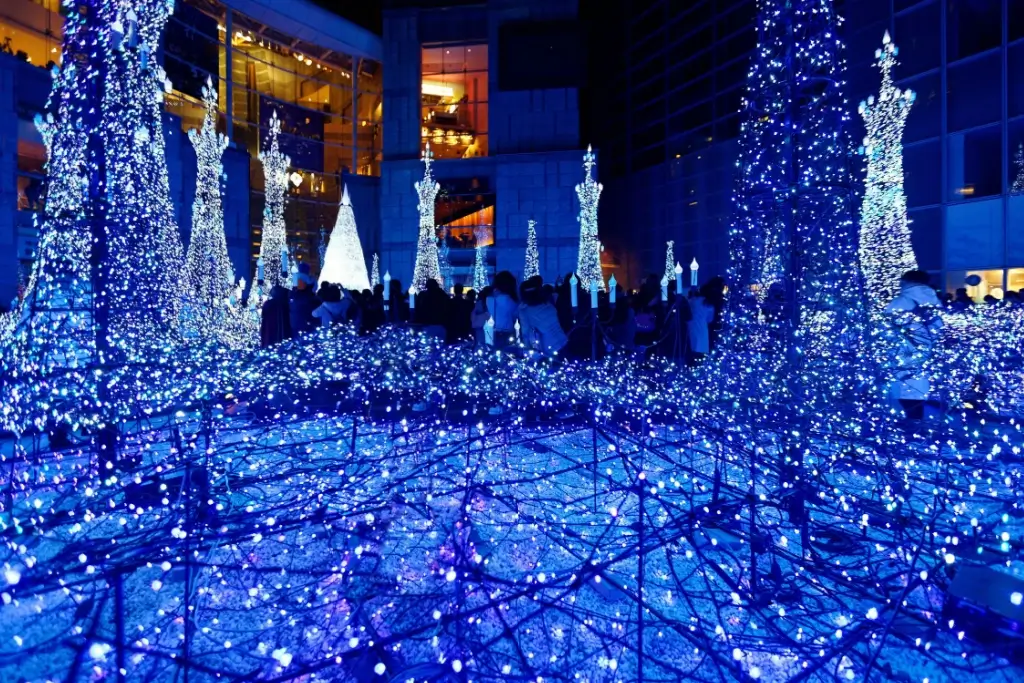
Japan in Winter: Why Are Illuminations Important?
Winter illuminations have become a tradition in Japan at the start of every Christmas season. Their sparkling brilliance chases away the cold of Japan in winter and encourages people to enjoy festive year-end activities. Let’s explore the origins and the amazing spots of winter illuminations in this beautiful country!

Behind the Camera with Rachel and Jun: Stories from Everyday Life in Japan
We had a lovely chat with Rachel and Jun about their story, from their early beginnings to how their videos continue to inspire people around the world. We’ve gathered and crafted their reflections into this special feature, so you can experience their story in a way that feels just like their videos: warm, genuine, and…
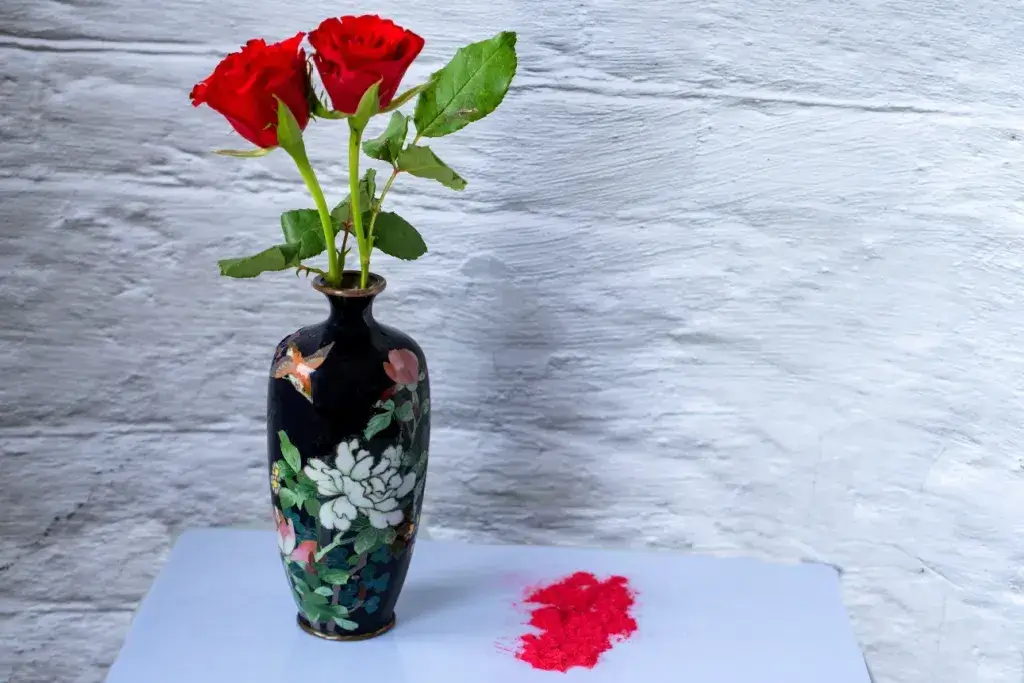
Japanese Ceramics: The Alluring Wares of Shippo Yaki
Imagine holding a small dish that glows as if sunlight is trapped inside it. This perfect example of Japanese ceramics resembles glass, with its colors deep and luminous, outlined with threads of silver. That’s the magic of shippo yaki.



